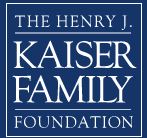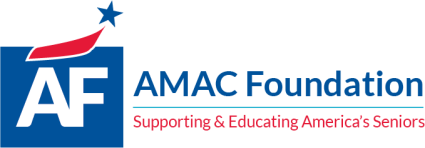A Look at Waiting Lists for Medicaid Home- and Community-Based Services from 2016 to 2024
(By Alice Burns, Abby Wolk, Molly O’Malley Watts, Maiss Mohamed, and Maria T. Peña for The Kaiser Family Foundation Published: Oct 31, 2024)
Medicaid is the primary payer for long-term services and supports (LTSS) in the United States, and pays for more than two-thirds of the LTSS delivered in home- and community-based settings (HCBS). Most HCBS are optional for states to provide and are offered through “waivers,” which allow states to offer a wide range of benefits and to choose—and limit—the number of people who receive services. The only HCBS that states are required to cover is home health, but states may choose to cover personal care and other services, such as private duty nursing through the Medicaid state plan. States use HCBS waivers to offer expanded personal care benefits or to provide additional services such as adult day care, supported employment, and non-medical transportation. States also use waivers to provide specialized benefits that are specific to the population covered, such as providing supported employment only to people under age 65. KFF estimates that 4.5 million Medicaid enrollees use HCBS, and that the numbers of people using HCBS through the state plan are similar to the numbers using HCBS through waivers. A state’s ability to cap the number of people enrolled in HCBS waivers can result in waiting lists when the number of people seeking services exceeds the number of waiver slots available. Continue reading here…

Notice: The link provided above connects readers to the full content of the posted article. The URL (internet address) for this link is valid on the posted date; medicarereport.org cannot guarantee the duration of the link’s validity. Also, the opinions expressed in these postings are the viewpoints of the original source and are not explicitly endorsed by AMAC, Inc.; the AMAC Foundation, Inc.; or medicarereport.org.
